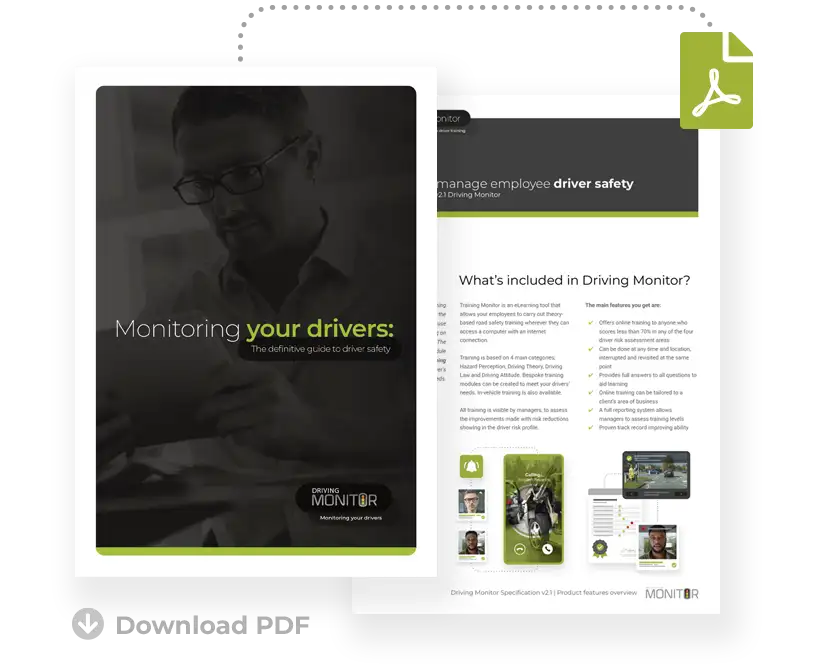Easter Bank Holiday Traffic Warnings

Authorities are urging drivers and fleets to be prepared for high traffic levels over the long Easter Bank Holiday weekend.
While the recent good weather isn’t expected to stretch into the weekend, people will be heading away on day trips or to visit family over the long weekend.
In fact, travel is expected to be high for a couple of days around the long weekend, too, with Thursday and the following Tuesday expected to see higher than usual levels of traffic.
For fleets, it’s a case of factoring it into journey times and for drivers, it’s about ensuring they’re vigilant in higher traffic levels as incidents become more likely.
What Does The Bank Holiday Traffic Mean For Fleets?
Experts are predicting 2.7 million journeys every day over the start of the weekend, from Thursday to Saturday, with an additional 6.2 million journeys expected at some point over the weekend into Monday.
School holidays are split this year, meaning that for some the Easter break ends when kids head back on the Tuesday after Easter Monday, while for others it continues until the following week.
That means that cumulative traffic levels will be higher at the beginning of the weekend, starting on Thursday before Good Friday.
In fact, early estimates are predicting that it could be the busiest Easter weekend for traffic since 2022, which was the first big holiday after the pandemic lockdowns.
Given that the more journeys taken and the higher the traffic levels, the more likely incidents on the road are, it’s crucial that drivers are prepared.
Read more about the expected Easter Bank Holiday traffic levels here
On top of that, the reality is that the number of road collisions and incidents relating to fatigue rises during the summer months, according to the data.
While April isn’t quite in that zone yet, the combination of recent good weather and the school holidays can lead to more drivers on the road suffering from fatigue.
A study from National Highways looked at the causes of incidents and a specific study into fatigue as a factor found that there are 59% more incidents where fatigue is a factor during the summer months.
Is Fatigue A Road Safety Concern?
Fleets and fleet drivers are all familiar with the rules around driving and breaks but for many private drivers, of which there will be many over the Easter weekend, the reality might be different.
Whether it’s people driving to and from airports, seeing family or heading off on a break in the UK, there will be more people heading on longer journeys due to the Easter break.
Figures from National Highways show that 13% of overnight serious injuries and deaths involved fatigue, which is more than double the ratio at any other time of day.
In total, fatigue is a factor in 10% of all deaths and serious injuries on motorways and A roads during the summer, a 2.5% rise against the rest of the year.
National Highways recommend that drivers spend no longer than 2 hours behind the wheel before taking a break and if journeys are longer, then breaks every 2 hours are recommended.
But a survey found that one in three drivers admit they drive for longer than the recommended 2 hours before taking a break, with one in three saying they drive for 3 hours before stopping.
Being prepared is crucial to avoiding fatigue and issues over the busy Bank Holiday weekend, as we all know.
Is fatigue a serious road safety concern? And do you think it’s more of a concern on a busy Bank Holiday weekend? Let us know in the comments below.










